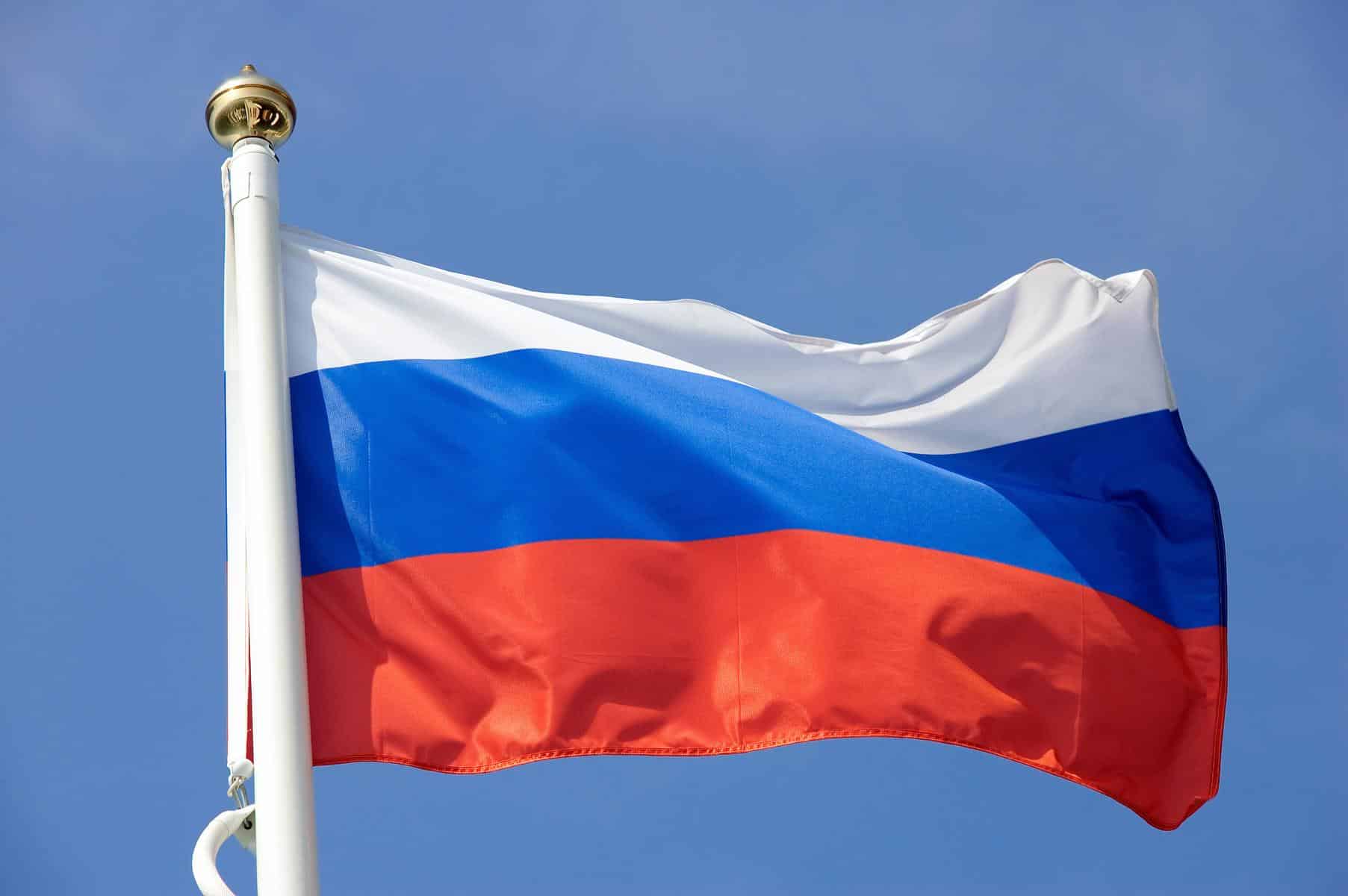
- One report has revealed that as far back as 2018, Russia’s central bank was exploring whether it could use Ripple’s technology and XRP for cross-border payments.
- Another report described XRP as the fix to Russia’s digital payment needs and claimed that major banks were working to integrate it.
Ripple’s technology and XRP have become among the biggest players in today’s crypto-based payments and cross-border remittances. However, according to a new report, Russia was ahead of the curve six years ago, with the Bank of Russia exploring XRP in its financial system as far back as 2018.
A recently circulated report shows that Ripple’s technology was ahead of its competition even back then.
Turns out #Russia’s Central Bank, a #BRICS institution, has been working with #Ripple since 2018 to build a cross-border settlement system using $XRP as the bridge for fiat transfers
Interesting, it would seem that Project #MBridge is leveraging the #XRP Ledger as its foundation pic.twitter.com/INmieRRhMC
— Black Swan Capitalist (@VersanAljarrah) August 30, 2024
According to the report, one of the earliest blockchain projects was by the Bank of Russia in 2018 when it explored DLT for cross-border remittances. It adds:
In the first half of 2018, the Bank of Russia’s Novosibirsk innovative laboratory conducted research on testing the possibility of cross-border settlements using the Ripple platform.
This proposed technology assumed that the participants would have special accounts in Russia’s national payment system and addresses on the Ripple network. Once the transfer was done, the reconciliation could be done immediately on the national payment systems or it could be done at intervals, such as at the end of each day.
The report added:
Based on the research results, it was concluded that the Ripple platform can be considered as the basis for starting work on creating a system of cross-border settlements.
For the system to work, the Bank of Russia said that the participants had to observe a few requirements, including:
- XRP would be used for transfers (although it also provided for the use of fiat in a DLT-based system).
- there would be a mechanism for reconciling balances between the bank’s national system and the XRP ledger.
- the system would integrate cryptographic solutions on the Ripple network.
- there would be a mechanism to determine XRP’s market rate, especially when used in cross-border transfers.
- a correspondence directory between Ripple network participants and bank accounts in the national payment systems.
In yet another report that was previously confidential, it was revealed that Russia had discussed Ripple internally as a fix to its digital payment needs.
“EXCLUSIVE: RIPPLE-RUSSIA PRESENTATION THAT’S BEEN COMPLETELY UNDER THE RADAR UNTIL NOW
In 2018, a confidential presentation was delivered on the state of cryptocurrencies and cross-border services.
This took place at the Research Institute of World Economy and… pic.twitter.com/AGXkiC1RRU
— SMQKE (@SMQKEDQG) August 27, 2024
The report was published by the Research Institute of World Economy and International Relations in Moscow. It recognizes the power of XRP as a payment and cross-border currency while describing Ripple as a “central bank,” likely referring to the company as a centralized entity that plays a big role in XRP.
It also claimed that some major banks were already working with XRP but that they were not disclosing it to the public. However, this was back in 2018 and in the six years since then, major banks have yet to announce any major products on Ripple, although reports indicate that Japan could become the first to dip its feet.
Meanwhile, Russia is set to start the trial of crypto payments for cross-border transfers to circumvent sanctions in September.
XRP trades at $0.5588, gaining marginally over the past day.
























